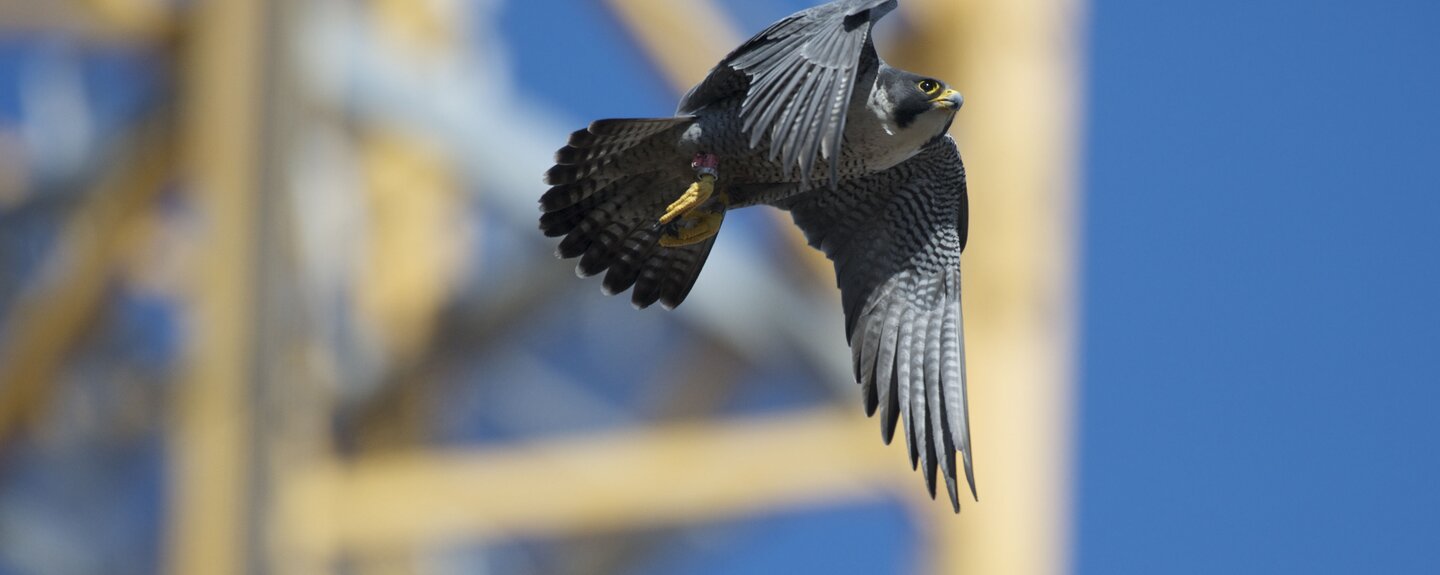Living Planet Report Netherlands 2023
Last week the Living Planet Report Netherlands was published. The report describes the evolution of the Dutch environment since 1990. Schuttelaar & Partners coordinated and edited the final version of the Living Planet Report through a secondment for the World Wildlife Fund (WWF-Netherlands).
Some conclusions of the 4th edition of the report:
- In open natural areas such as dunes and heather, the population size of animal species decreased on average by over sixty per cent. The recovery of local plant species could be measured.
- In the agricultural landscape, which represents over half of the surface of the Netherlands, the population size of animal species has reduced on average by almost half.
- Populations of animal species in freshwater (including IJsselmeer) and swamps have increased on average by over 50 per cent and by more than 50 per cent between 1990-2005. After this period, it stabilized. Animals benefited from cleaner water. But the quality of surface and groundwater is still substandard and needs further improvement.
- Meanwhile, common species such as the hedgehog and the rabbit are falling sharply in numbers.
- The main causes of the loss of natural species are nitrogen, desiccation and fragmented habitats.
- Commitment to large-scale nature restoration is crucial to halt biodiversity loss.
The latest Living Planet Report Netherland 2023 -Choosing for nature restoration- shows that Dutch natural environment is still in bad shape overall. Nature continues to deteriorate, particularly in dunes, heathland and agricultural areas. Numerous species such as partridge and skylark have declined in numbers, and common species such as rabbits and hedgehogs are also struggling. Important habitats for animals and plants are in danger of disappearing if we do not act now. Fortunately, there is also good news. Restoration of aquatic natural environments is getting significant results in some places, such as rivers and low peat bogs. But on land, this is hardly possible.
This biennial report on the state of nature in the Netherlands shows that we are not going to make it by protecting nature alone. Kirsten Haanraads, head of the Netherlands program of the World Wildlife Fund (WWF-NL) at the launch, says:
“We will have to focus fully on large-scale nature restoration. The great thing is that more space for nature also helps to tackle the major social challenges facing the Netherlands. Nature is our most important and most loyal ally. This is the time to take action, because our nature cannot wait any longer."
Nitrogen, desiccation and fragmentation
The main causes of the deterioration of our nature are too much nitrogen, desiccation and fragmentation of nature reserves. Nature is resilient and can recover, but that is only possible if we remove the threats and give nature a helping hand.
Out of the danger zone
The report also shows that species such as the otter, but also the peregrine falcon, are no longer considered endangered thanks to nature restoration. Just like, for example, the woodpeckers in our forests. The return of the otter shows that it is possible to get a top predator back in the ecosystem when the full system is restored. The natural areas are better connected with nature-friendly banks and fauna passages near roads. The mowing management has adapted and the water quality has improved. All of these remedial measures helped to get the otter back. The peregrine falcon, the fastest animal on earth, is also doing better in our country. Thanks to the ban on DDTs and the provision of nest boxes in built-up areas and on industrial sites, we see the animal flying more often again.
European nature restoration law
Nature and natural processes help to cope with accumulating problems, from climate change to the housing and nitrogen crisis. A strong European nature restoration law, which the European Union is now negotiating, creates space for nature and a nature-positive economy. Fill in that law generously and generously, is the call of the report.
The Living Planet Report
The Living Planet Report Netherlands describes the evolution of the natural landscape and ecosystem in the Netherlands since the 1990s. This fourth edition is dedicated to the restoration of nature. The report is a collaboration of the Dutch species organisations*, knowledge institutes such as Naturalis Biodiversity Center and WWF. The publication use of trend data from the Central Bureau for Statistics (CBS).










